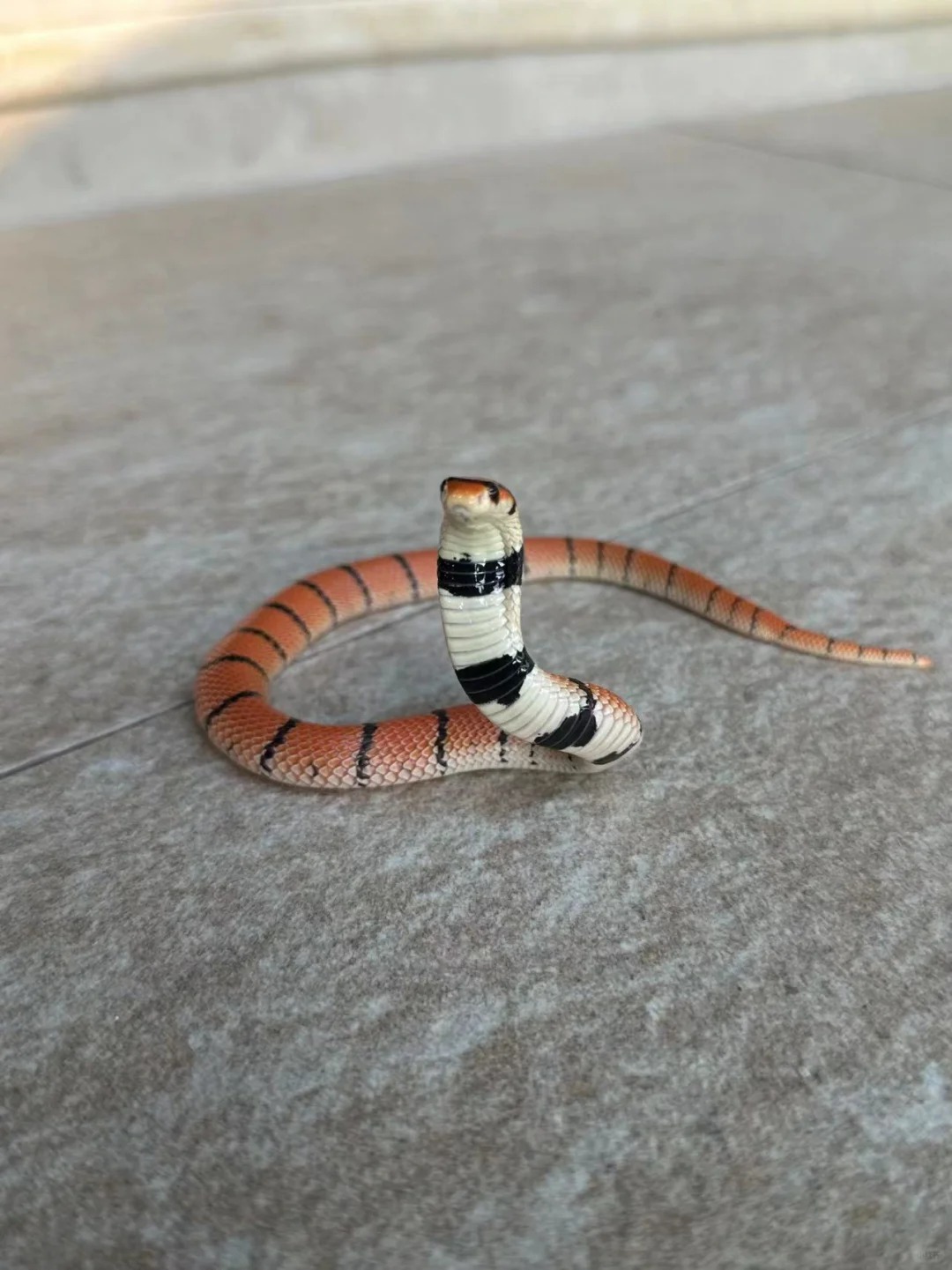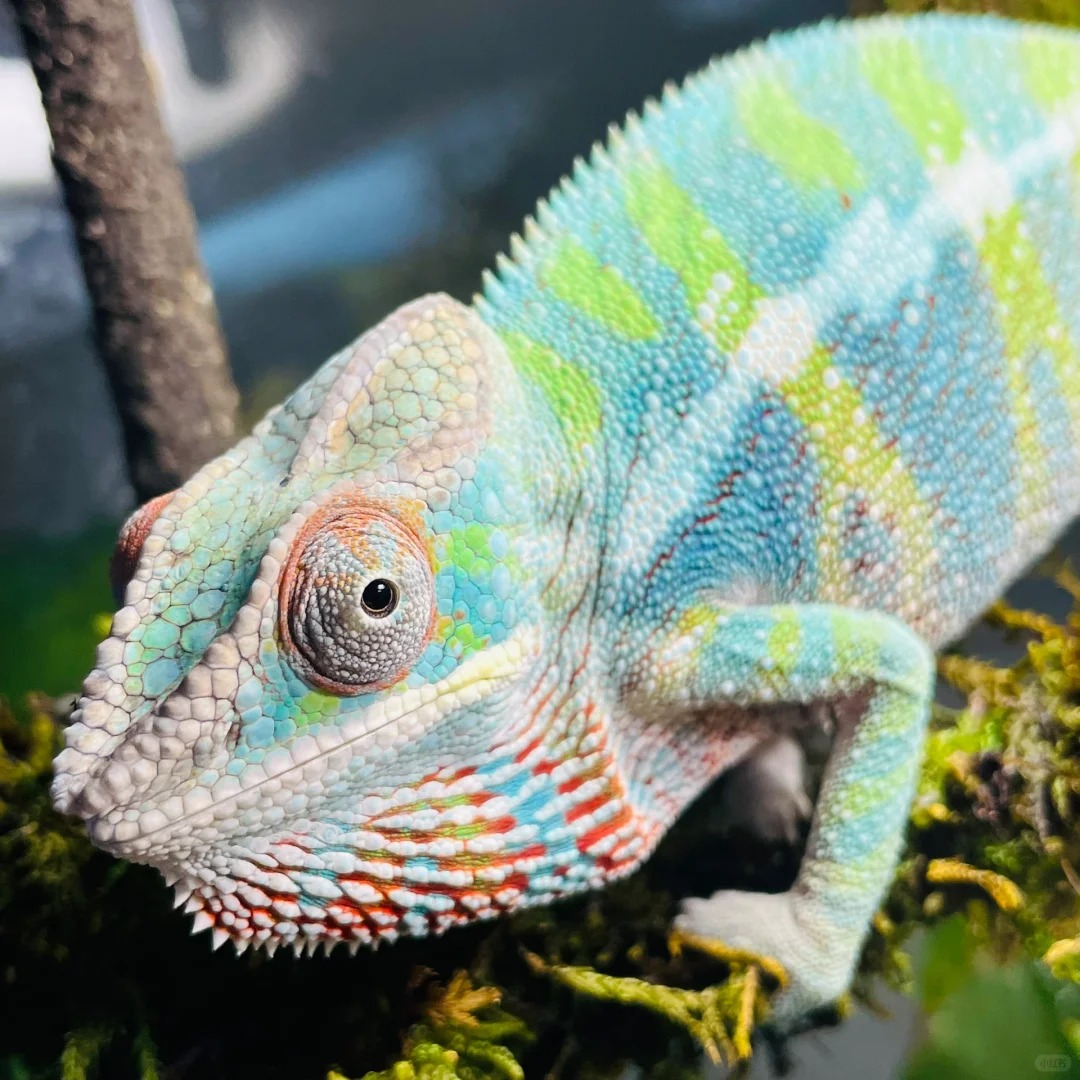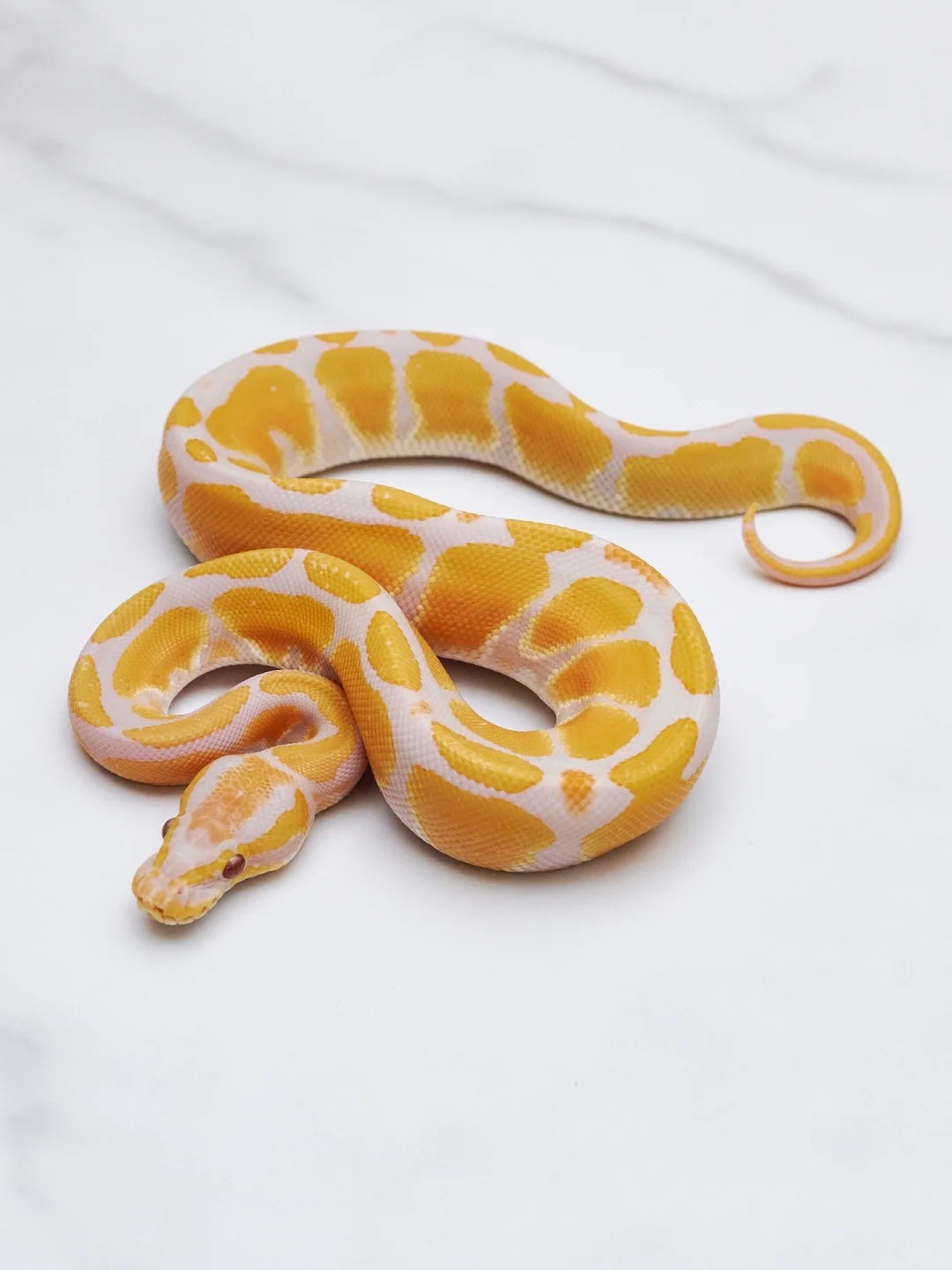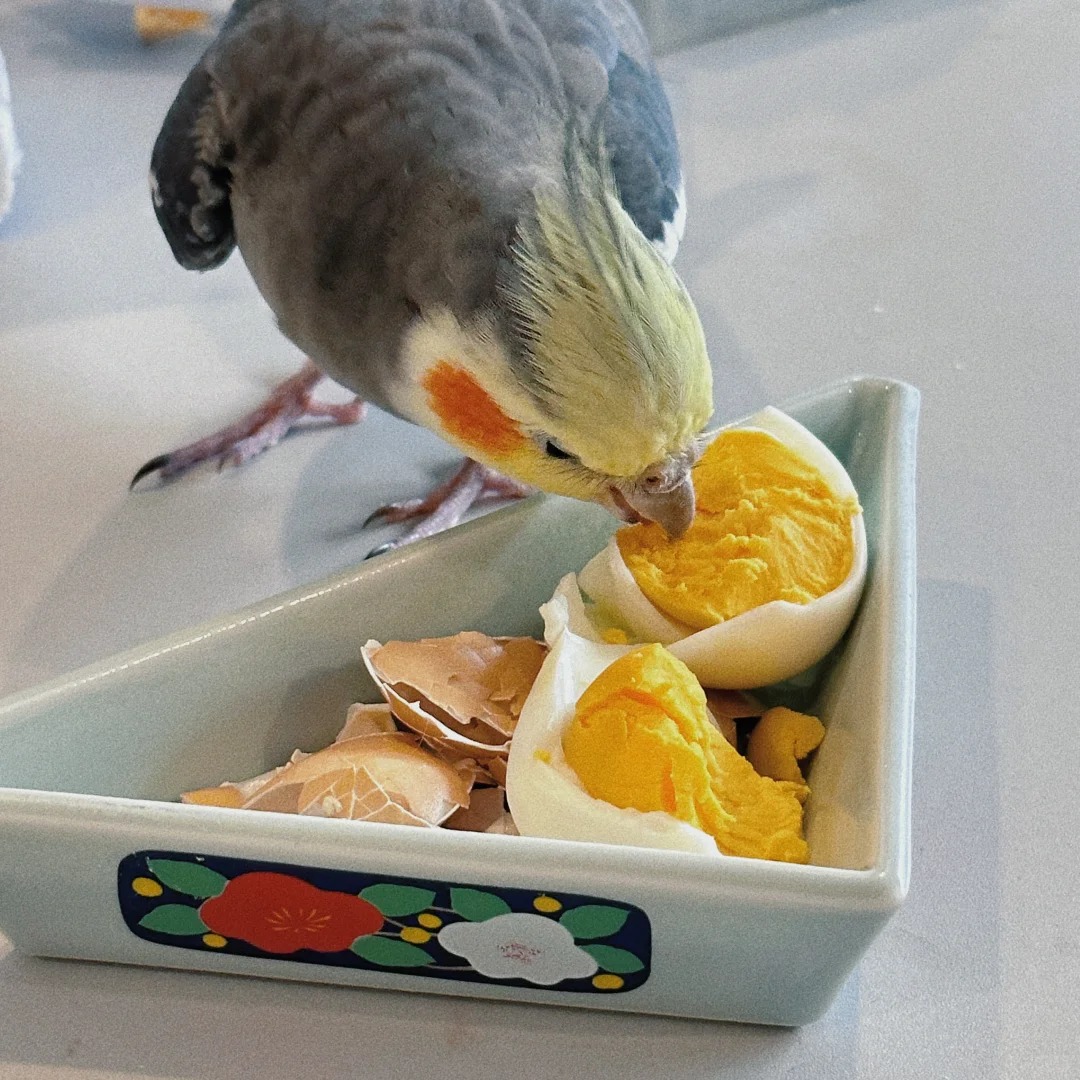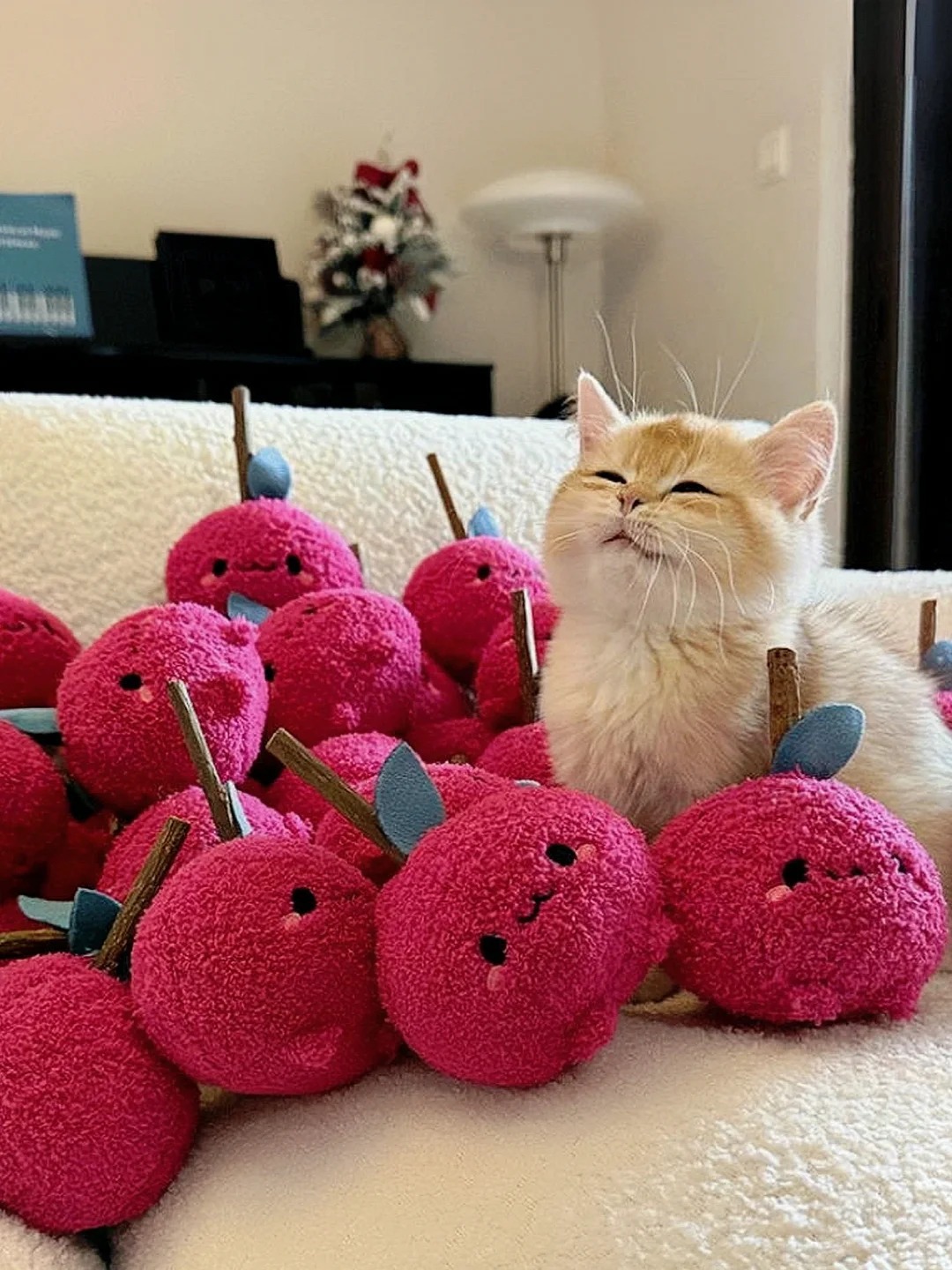**🐍 Keeping Pet Snakes is Surprisingly Fun! 🧜♀️**
✨ First, it's very important to choose the right snake species! You can choose based on your preferences and the conditions you can provide. Common pet snakes include corn snakes and king snakes, which are gentle and easy to care for.
✨ Secondly, prepare a suitable habitat and environment. The enclosure needs to maintain consistent temperature and humidity, and also provide hiding spots to give your snake a safe and comfortable home.
✨ Next up, it's feeding time! Pet snakes primarily eat rodents, and you can buy special feeder mice. Be careful not to feed them something too large; they should eat 10%-15% of their body weight to avoid becoming overweight!
✨ Now, let's talk about the self-care essentials for raising a snake:
1. **Appropriate Temperature and Humidity**: Snakes need high humidity and temperature to stay healthy. Keep the temperature around 28-30°C and humidity between 75-85%. Provide a humidity box or water bowl to maintain proper humidity.
2. **Suitable Housing**: Your snake needs a sufficiently large cage. Ensure it is well-ventilated but not overly so. Line the bottom with clean paper towels or wood shavings to keep it dry and comfortable.
3. **Proper Diet**: Snakes mainly eat small mammals, birds, and eggs. It is recommended to feed them mice or rats once a week. Ensure the food is clean and fresh.
4. **Regular Cleaning**: Snakes need a clean living environment to stay healthy. Clean their cage weekly, removing feces and food remnants, clean the water bowl, and replace the paper towels or wood shavings.
5. **Regular Check-Ups**: Frequently check your snake's health, including its skin, eyes, teeth, and waste. Contact a vet immediately if you notice any abnormalities.
6. **Avoid Startling**: Snakes are usually very gentle but can get startled. Avoid exposing them to noisy or sudden environments to prevent unnecessary stress.
In short, keeping a snake requires patience and attention to ensure they live in a clean, safe, and comfortable environment.
